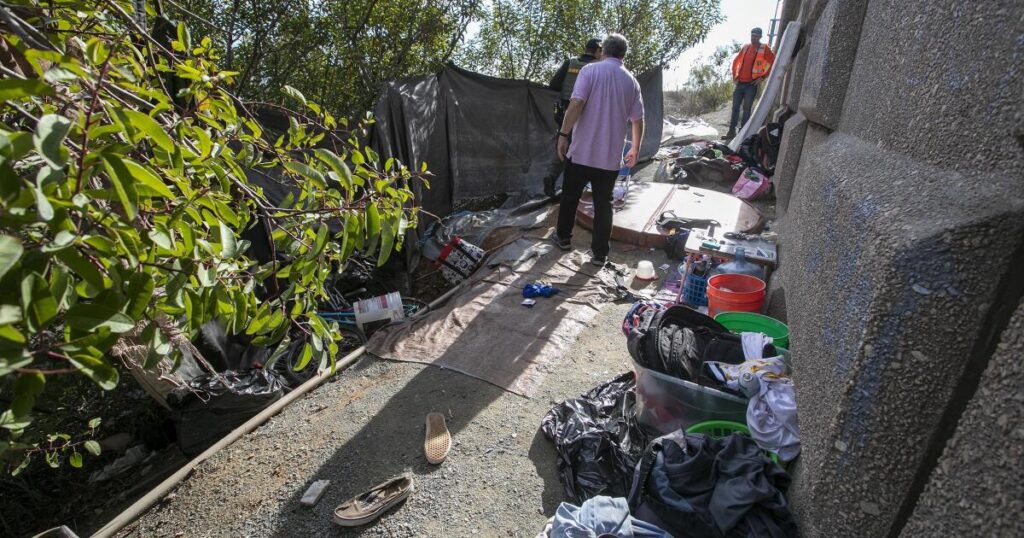“How to Support Homeless Housing Options for Your Neighborhood” (May 19): I thought Lisa Dedrick’s column was very well written. Two of the most important points she makes are that in her Austin, Texas, community, “everyone came together,” and in our Spring Valley community, “elected officials took care of their concerns.” I don't think they felt like they were being listened to.
I believe this is the key to success and failure. I believe city officials are not listening to the community and are completely ignoring the concerns of residents who do not align with their views and priorities. This is true not only for homelessness, but for every other issue that arises in our community. Elected officials seem to forget that they represent all the residents in their districts, not just those they agree with.
— Lisa Stone, San Diego
The author's attempt to dispel “myths” about homelessness left me a little confused.
One misconception was that “substance abuse and mental illness are the primary causes of homelessness,” a notion she dispels by pointing out that about 30 percent of homeless people have a “severe” mental illness and another 30 percent have a “severe” substance abuse disorder.
The next “myth” is that San Diego's climate and great services attract many people. She points out that 70-80 percent of the homeless were living here when they became homeless. If my calculations are correct, it appears that at least 60 percent of the homeless are living here due to substance abuse or mental illness, and 20-30 percent are people who moved to the area while homeless.
Far from dispelling these two “myths,” it seems to me that her statistics prove that they are actually the main causes of most homelessness.
— Jim Mullen, Lake San Marcos



